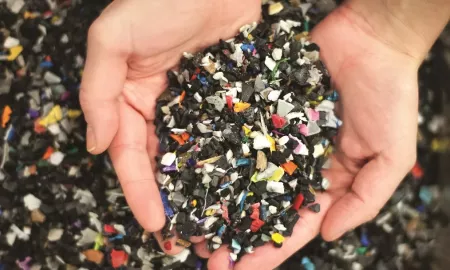The World Health Organisation’s (WHO) recent estimation that air pollution costs EU economies over £1 trillion every year has made air quality testing an increasingly pressing issue in Europe.

Further figures from the WHO suggest poor air quality is responsible for around 500,000 deaths in Europe and 3.4 million globally every year, a worrying statistic.
To further compound this, another study released this year argues that unless action is taken to combat the effects of poor air quality, these figures are expected to double by 2050.
Indoor air quality
As Europeans spend around 90 per cent of their lives inside buildings, indoor air quality is also a major influencer on public health. Without air testing, office occupants in buildings that lack opening windows, but instead rely on mechanical ventilation or air conditioning systems are at risk of developing Sick Building Syndrome (SBS).
SBS causes a variety of symptoms in employees including:
- Dry or itchy skin or skin rash
- Dry or itchy eyes, nose or throat
- Headaches, lethargy, irritability, or poor concentration
- Stuffy or runny nose
What causes air pollution and what is being done about it?
Poor air quality is determined by the presence of a number of pollutants stemming from natural or man-made sources. Common pollutants include:
- Volatile organic chemicals (VOCs)
- Nitrogen dioxide
- Sulphur dioxide
- Carbon monoxide
- Particulates such as dust, bacteria, fungi and pollen
Air quality in the UK is governed on a number of regulatory levels. On an international scale, European Union (EU) and European Commission (EC) directives limit emissions at large combustion plants. These include emission limits for sulphur dioxide, nitrogen dioxide, and dust from plants with a rated thermal input of 50 MW or more. However, the EC directive (2001/80/EC) is due to be repealed and replaced from 1 January 2016.
When it comes to a national and local level, the UK’s Environment Act 1995 requires all local authorities to regularly review air quality in their constituency in line with the National Air Quality Strategy.
How can outdoor and indoor air quality testing help?
SOCOTEC’s environmental scientists use state-of-the-art air testing equipment to conduct outdoor and indoor air testing, monitoring and assessment. Our air quality testing methods and air testing kits provide real time measurements of pollutants, detecting carbon monoxide, sulphur dioxide, and oxides of nitrogen at ‘parts per billion’ levels.
To support local authorities with their legal obligations, SOCOTEC carries out air quality testing and monitoring services in accordance with the UK National Air Quality Strategy. As well as this, SOCOTEC is also able to measure air quality for industrial sites, power plants and factories in accordance with applicable international standards.
Although the air we breathe is cleaner today than at any time since before the industrial revolution, the WHO figures are a stark reminder that there is still a lot of work to be done.
Would you like more information about air quality testing?
Our team of experts are on hand to advise on indoor air quality on your premises.

You might also like






Add new comment